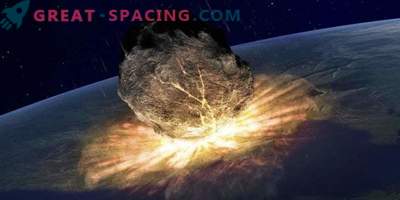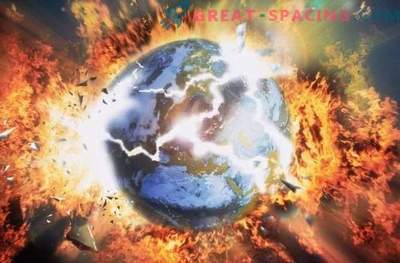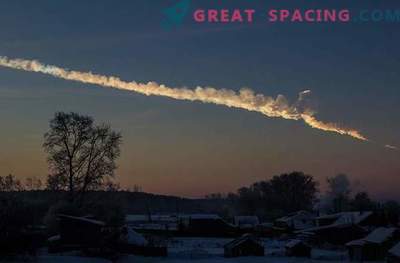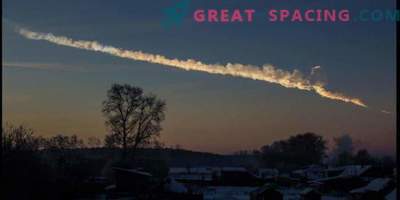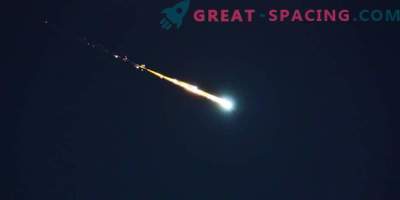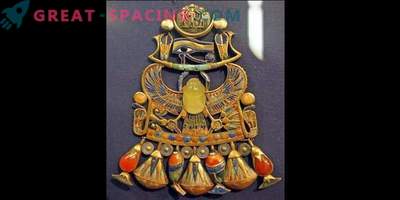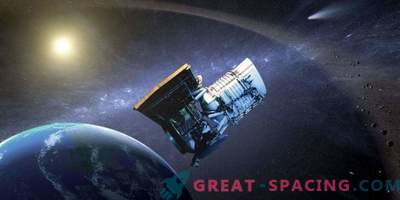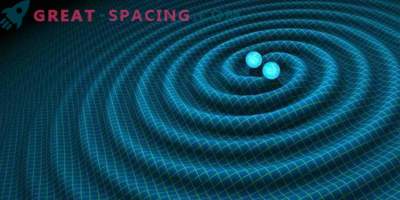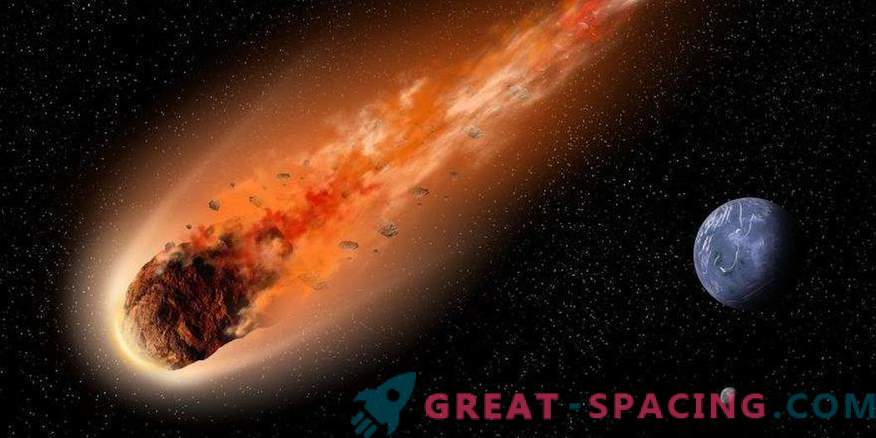
The NASA chart displays the 1998 QE2 asteroid, which in 2013 frightened the earthlings with its close passage. Scientists are worried, because one day something irreparable can happen
Over 4.5 billion years of its existence, our planet has repeatedly met uninvited guests on its surface. However, no one knows when the next major event will occur. But it is extremely important for us to create technologies to prevent a disaster.
Perhaps the guest will appear in the next generation already, but the risk of destroying the whole planet is too high. And the horror is that now we are unarmed before the inevitable.
It would seem that in such a situation you need to act. However, the first mission to reject the asteroid from the trajectory did not start, because in December the ministers of European countries refused to finance. You could also read about the methods in fiction novels: laser destruction or using a rocket to correct the trajectory.
But you need to start with learning to find a threat. For this, astrophysicists divide celestial wanderers by size. And there are both small objects, and the terrible 10-km monster. By the way, among these, a meteorite was recorded that destroyed dinosaurs 65 million years ago.
End of all
Every 100 million years, large stones land on the surface. And that means the end for the human race.
When to wait for the arrival?
So far, scientists have been able to identify 90% of the asteroids capable of exterminating dinosaurs, and to our happiness, none of them aspires to the Earth. But the most difficult to determine the position of objects with a size of 15-140 m. We can recall that the 40-meter stone fell in Siberia in 1908. The explosion tore 80 million trees. Similar events occur approximately every 300 years. Imagine that such a stone falls into a populated area or megalopolis. Chelyabinsk strike was unpredictable and created kinetic energy comparable to the 27 Hiroshima bombs. The shock wave injured approximately 1,200 people.
The main goal of the researchers is to identify the position and trajectory of cosmic rocks, whose dimensions do not exceed 140 m. Such objects will not destroy the Earth, but will cause local damage. Another problem is comets with long periods. They can rotate around the Sun for many centuries, so their appearance has not yet been noted.
We look into the sky
In Europe, a network of telescopes is being created, which in 2 years must completely control the sky. About the arrival of the asteroid, we will know in 1-2 weeks. This is not enough, but it will still allow people out of the danger zone and minimize losses.
It remains to create a system to combat astroids. But it needs 300-400 million euros. June 30 is declared the International Day of Asteroids, in order to raise the level of knowledge among the public and draw attention to the problem.
